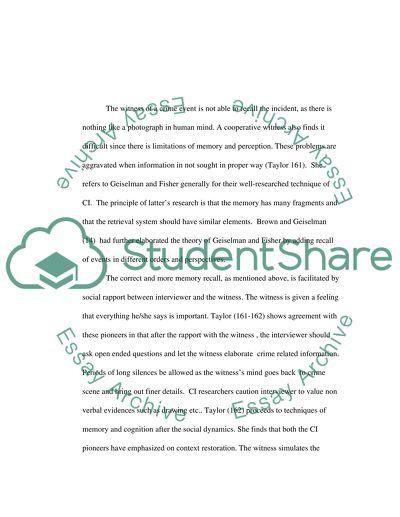Cite this document
(“Effectiveness of the Cognitive Interview as a Method of Eliciting Literature review”, n.d.)
Effectiveness of the Cognitive Interview as a Method of Eliciting Literature review. Retrieved from https://studentshare.org/psychology/1513839-cognitive-interview-essay
Effectiveness of the Cognitive Interview as a Method of Eliciting Literature review. Retrieved from https://studentshare.org/psychology/1513839-cognitive-interview-essay
(Effectiveness of the Cognitive Interview As a Method of Eliciting Literature Review)
Effectiveness of the Cognitive Interview As a Method of Eliciting Literature Review. https://studentshare.org/psychology/1513839-cognitive-interview-essay.
Effectiveness of the Cognitive Interview As a Method of Eliciting Literature Review. https://studentshare.org/psychology/1513839-cognitive-interview-essay.
“Effectiveness of the Cognitive Interview As a Method of Eliciting Literature Review”, n.d. https://studentshare.org/psychology/1513839-cognitive-interview-essay.


